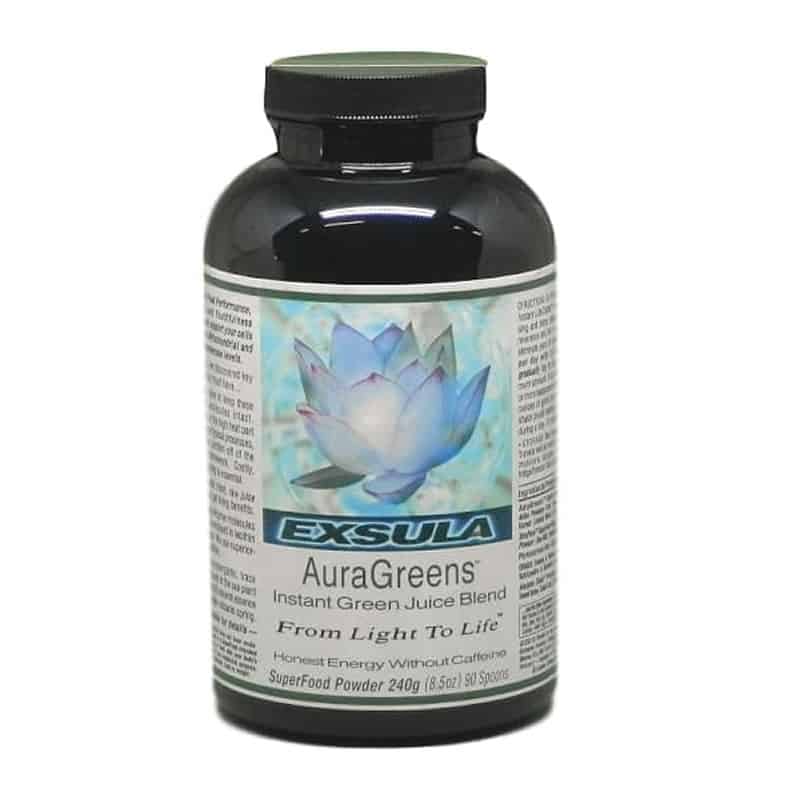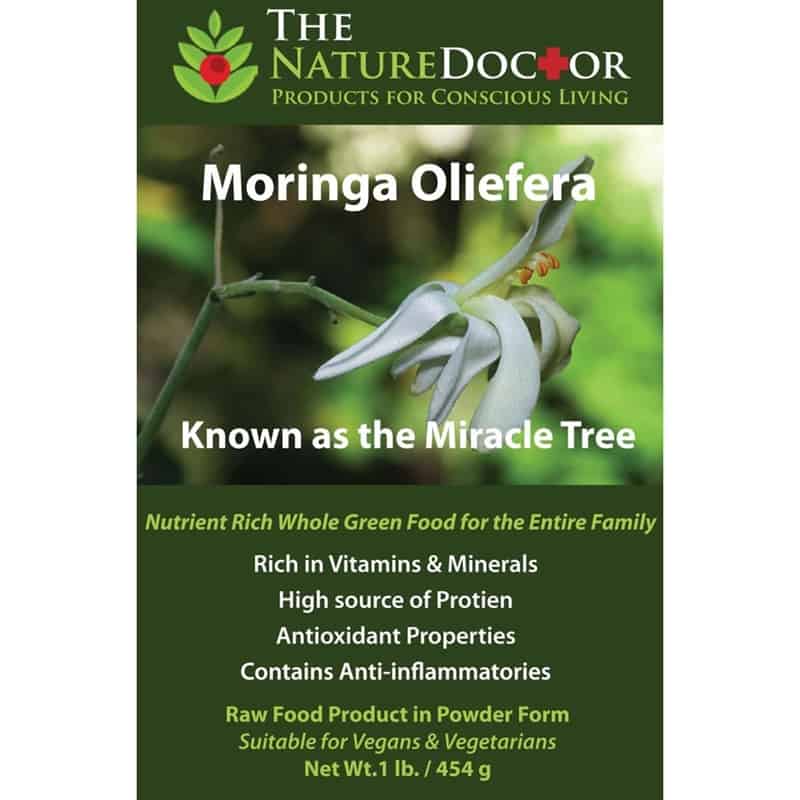No products in the cart.
Collards
- One cup of collards contains only 48 calories.
- Excellent source of Vitamin A, manganese, Vitamin C, folate, calcium and Vitamin B6 (pyridoxine).
- Very good source of Vitamin B2 (riboflavin), tryptophan, potassium, Vitamin E, magnesium, zinc and Vitamin B5 (pantothenic acid).
- Good source of protein, Vitamin B3 (niacin), Vitamin B1 (thiamin) phosphorus, copper, iron and selenium.
- A one cup serving of Collard Greens gives your body 198% of your daily value of Vitamin A.
- Collards offer a combination of nutrients helpful for women experiencing menopause.
- Potassium and magnesium are 2 minerals shown to reduce high blood pressure.
As members of the Brassica genus of foods, collards stand out as an anticancer food. The 10 – 15 Glucosinolates which are present in collards appear able to lessen the occurrence of a wild variety of cancers, including breast and ovarian cancers. Collard greens are very good sources of Vitamin C, Vitamin E, and beta-carotene, three of the main antioxidants in food. These antioxidants work together to seek out and disarm free radicals, which would otherwise cause significant damage to life sustaining molecules such as enzymes, as well as to cell membrane and DNA. This excellent source of manganese functions as an enzyme activator. One of the enzymes that manganese activates is the one that helps the body to utilize Vitamin C. Collards are also a very good source of calcium, which is widely recognized for maintaining the strength and density of bones.
The History of Collards
Collard greens are one of the oldest members of the cabbage family. It is also known as tree cabbage or non-heading cabbage. Like broccoli, kale and cauliflower, collards are descendants of the wild cabbage, a plant believed to have been consumed as far back as prehistoric times. It is surmised that it originated from, and was growing wild in, Asia Minor, now Turkey, as well as in Greece along the Mediterranean long before recorded history. Confucius mentions some varieties of the cabbage family as early as 497 BCE, indicating that the Chinese well familiar with the greens.
Collards have been cultivated since the times of the ancient Greek and Roman civilizations. Though the Greeks not only cultivated them, but also developed several varieties, they did not particularly relish them. The Romans, on the other hand, were very fond of collards and cultivated about 400 cabbage varieties including head cabbages, Brussels sprouts, kohlrabi, kale and cauliflower. As Romans traveled, collards wended their way northward and westward and turned up in France and Great Britain.
It wasn’t until the first Africans arrived in Jamestown, Virginia in the early 1600’s that America got it’s first taste of the leafy vegetable. The greens had been just one of a select few vegetables African-Americans were allowed to harvest throughout times of slavery. They became a traditional comfort food even after the Africans were emancipated in the late 1800’s. Today they remain a highly regarded vegetable and an essential part of Southern cuisine.
Classification
Division: Magnoliophyta
Class: Magnoliopsida
Order: Capparales
Family: Cruciferae







